 Lately, I’ve trying out this phrase with my students, in situations when a student is struggling with the technique of playing a particular passage:
Lately, I’ve trying out this phrase with my students, in situations when a student is struggling with the technique of playing a particular passage:
“Pretend this is really easy for you to play.”
This phrase works best in a situation where the teacher observes that the student is holding far too much tension in his/her arms, wrists, and/or fingers to be able to properly execute a passage. Rather then hearing a command to release some of the excess tension, however, sometimes hearing a phrase such as “Pretend it’s really easy for you,” has a better effect on the student.
What’s supposed to happen when you pretend it’s easy?
- A mental release occurs. Suddenly, the student gives him/her-self the permission to play the passage correctly. When we know (or think) it is a difficult passage, sometimes we don’t allow ourselves even the chance to play it correctly because we don’t think we can.
- A physical release occurs. As the student imagines what it would feel like to play the daunting passage if it were easy for him/her, unnecessary tension in the student’s arms, wrists, and fingers melts away. This release of tension often makes the passage suddenly much easier to play.
Try it, and let me know what you think!
Photo Credit: alexanderward12 | CC 2.0




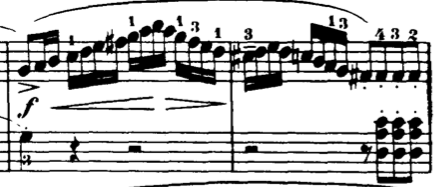
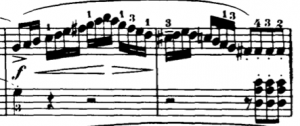

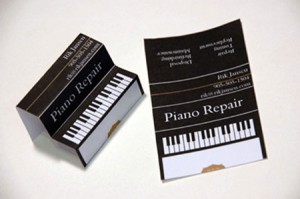



 This week, I received an friendly email from a piano teacher in Texas who is looking for ways to professionalize her studio. I already sent her a reply via email but I was thinking that you readers may have some suggestions and advice for her too — so here are some of her questions!
This week, I received an friendly email from a piano teacher in Texas who is looking for ways to professionalize her studio. I already sent her a reply via email but I was thinking that you readers may have some suggestions and advice for her too — so here are some of her questions!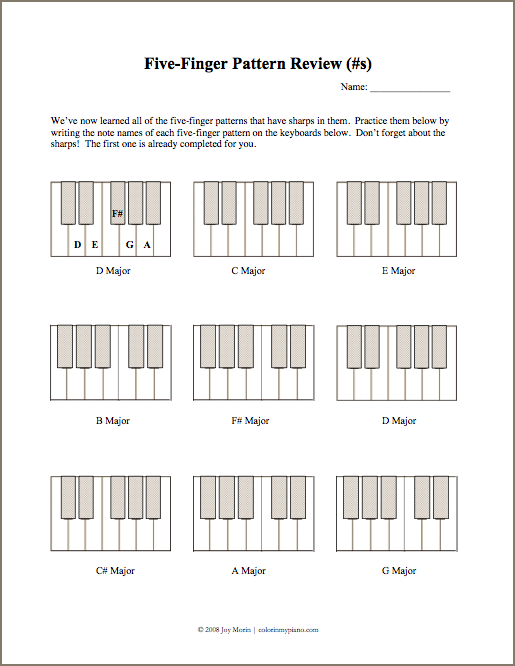
 Just added to the page of free Printables:
Just added to the page of free Printables:
 What happens when you have to give a performance but your mind is preoccupied with all sorts of crazy stuff going on in your life?
What happens when you have to give a performance but your mind is preoccupied with all sorts of crazy stuff going on in your life?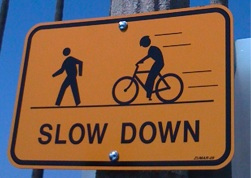
 Ever wonder about the difference between rallentando and ritardando? Well, I did….so I decided to look into it and add my two cents to the debate. =)
Ever wonder about the difference between rallentando and ritardando? Well, I did….so I decided to look into it and add my two cents to the debate. =)
 Just recently, I’ve realized that when I play piano, I hold a “knot” of tension in my back, in the space between my shoulder blades. Upon this realization, I have begun making a conscious effort to release this tension while I am practicing – which I have to do constantly. It’s obviously a bad habit that I’ve been unaware for a long time!
Just recently, I’ve realized that when I play piano, I hold a “knot” of tension in my back, in the space between my shoulder blades. Upon this realization, I have begun making a conscious effort to release this tension while I am practicing – which I have to do constantly. It’s obviously a bad habit that I’ve been unaware for a long time!
 At a piano lesson this week, I observed my student grow increasingly frustrated with herself whenever she made a mistake. She would “growl” at herself and start back at the beginning of the phrase.
At a piano lesson this week, I observed my student grow increasingly frustrated with herself whenever she made a mistake. She would “growl” at herself and start back at the beginning of the phrase.